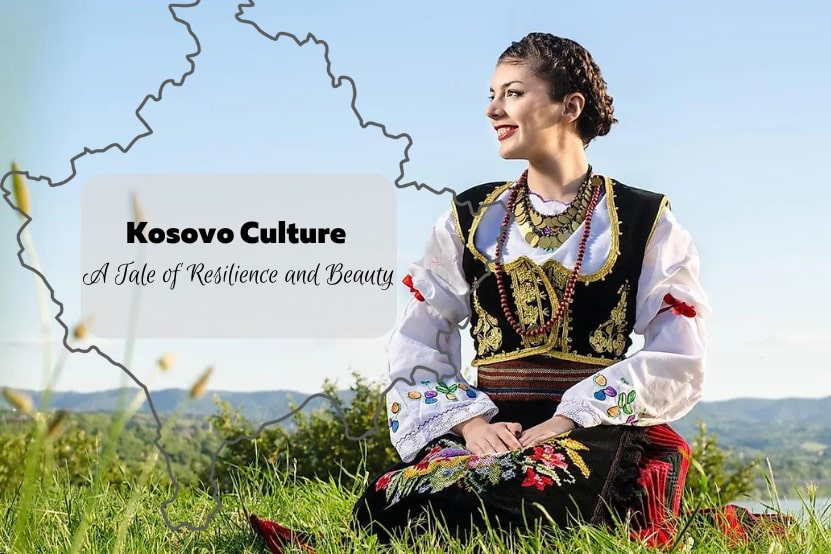Nestled in the heart of Southeastern Europe, Kosovo is a small yet enchanting country that boasts a rich and diverse cultural heritage. With a tumultuous past, it has been shaped by the influence of various civilizations, from the ancient Illyrians and Romans to the Byzantines, Ottomans, and Slavs. As a result, the culture of Kosovo is a vibrant tapestry of customs, arts, and traditions, reflecting the resilience and creativity of its people.
In this article, we will explore the many facets of Kosovo culture, including its history, language, religion, art, music, and cuisine. Through this journey, we hope to provide a comprehensive and engaging insight into the unique and captivating world of this location’s cultural heritage.
A Glimpse into Kosovo’s History
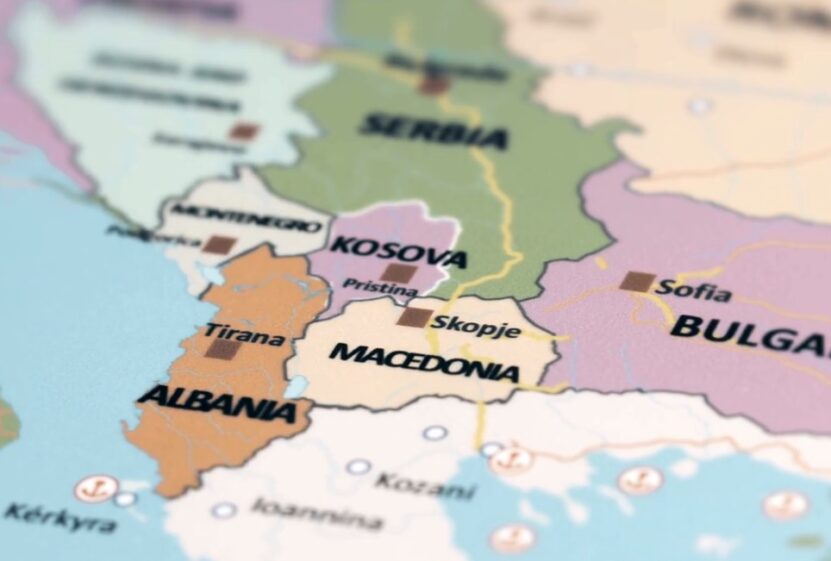
To understand the complexities of Kosovo culture, it is essential to delve into the country’s history. Over the centuries, various empires and powers have ruled it, each leaving its mark on the nation’s cultural identity.
Ancient History
The earliest traces of human settlement in Kosovo date back to the Neolithic era. However, it was during the Bronze Age that the Illyrians, the first major civilization in the region, began to shape the cultural landscape. Influenced by the Greeks and Romans, the Illyrians developed their language, art, and religion, laying the foundation for future cultures in the region.
Roman and Byzantine Periods
Kosovo’s strategic position along the Via Egnatia, a major Roman road, brought the region under Roman rule in the 2nd century BC. Roman rule left a lasting impact, particularly in the fields of architecture and urban planning, as seen in the ruins of Ulpiana and other cities.
The fall of the Western Roman Empire in the 5th century AD led to the rise of the Byzantine Empire, which maintained control over Kosovo until the late 12th century. The Byzantine influence in Kosovo is most evident in the religious sphere, with the spread of Orthodox Christianity and the establishment of several monasteries, many of which are now UNESCO World Heritage sites.
Ottoman Rule
The Ottoman Empire’s conquest of Kosovo in the 15th century brought significant cultural changes to the region. Under Ottoman rule, Kosovo experienced religious and linguistic transformations, as the majority of the population converted to Islam and adopted the Ottoman Turkish language.
During this period, Kosovo also witnessed the development of new forms of art and architecture, such as the construction of mosques, hamams (bathhouses), and traditional houses, which blended Ottoman and local styles.
Modern History
The decline of the Ottoman Empire in the 19th century led to a rise in nationalism throughout the Balkans. Kosovo’s quest for independence culminated in the 1998-1999 Kosovo War, and the country ultimately declared its independence in 2008. Today, Kosovo’s cultural identity is a unique blend of its ancient roots, the influences of various empires, and the desire to preserve and promote its distinct heritage.
Language and Religion
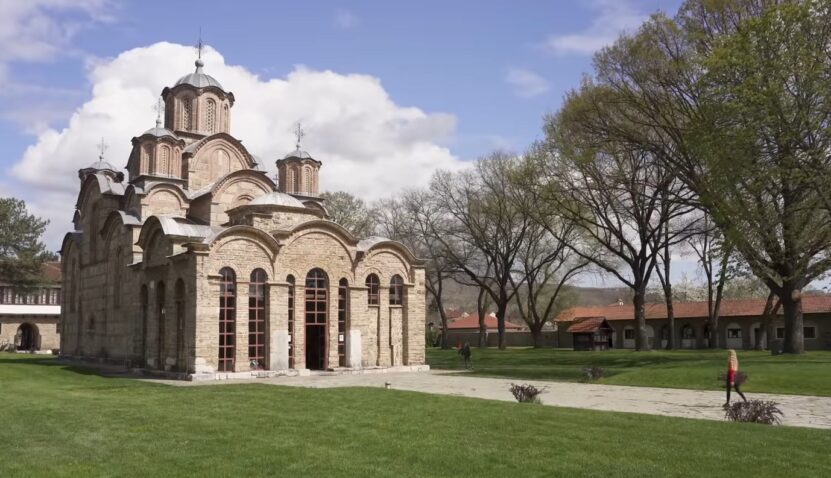
Language
Kosovo’s official languages are Albanian and Serbian, reflecting the country’s diverse ethnic composition. Albanian, an Indo-European language, is spoken by the majority of the population, while Serbian, a Slavic language, is primarily spoken by the Serbian minority. Additionally, minority languages such as Turkish, Bosnian, and Romani are also spoken throughout the country.
Religion
Religion plays a crucial role in Kosovo’s cultural identity. The majority of Kosovars are Sunni Muslims, a legacy of Ottoman rule. However, Kosovo is also home to a significant number of Orthodox Christians, primarily among the Serbian minority, as well as a smaller number of Roman Catholics.
Kosovo is known for its religious tolerance and coexistence, with many religious sites reflecting the country’s diverse religious heritage. Some of the most notable religious monuments include the Gračanica Monastery, an Orthodox Christian site, and the Imperial Mosque, a prominent Islamic landmark.
Art and Architecture
Visual Arts
Kosovo’s visual arts scene is a vibrant blend of traditional and contemporary styles. Historically, Kosovo’s art scene was influenced by Byzantine and Ottoman styles, with frescoes and icons adorning churches and monasteries. In recent years, however, Kosovo has seen a flourishing of contemporary art, with artists such as Petrit Halilaj and Flaka Haliti gaining international recognition.
Architecture
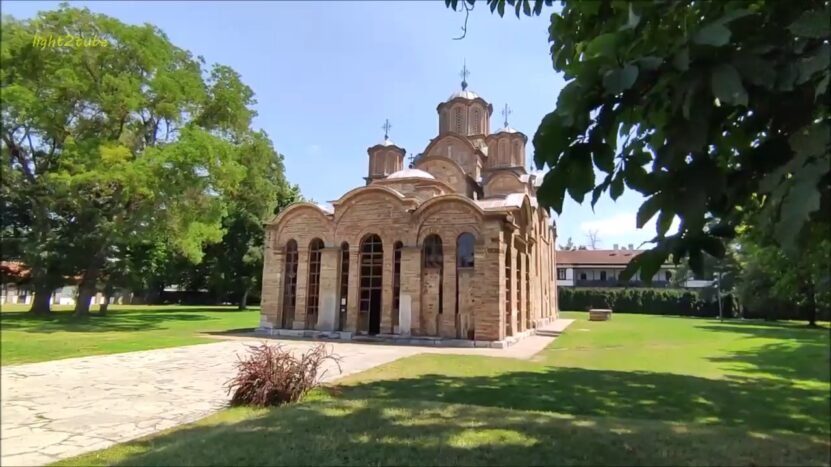
Kosovo’s architecture is a testimony to the country’s rich cultural history. The most prominent examples of architectural heritage are the religious structures, including the stunning monasteries, such as the Visoki Dečani Monastery, and mosques, like the Sinan Pasha Mosque.
Kosovo’s traditional residential architecture is also noteworthy. The kullë, a fortified stone tower, and the oda, a traditional living space, are distinctive features of traditional Kosovo Albanian houses. Meanwhile, the Serbian-influenced architecture is characterized by the čardak, a wooden balcony or porch.
Music and Dance
Traditional Music
Music has always played a vital role in Kosovo’s culture. Traditional Albanian music, known as iso-polyphony, is characterized by its unique vocal harmony and has been recognized by UNESCO as an Intangible Cultural Heritage of Humanity. Traditional Serbian music, on the other hand, is heavily influenced by Byzantine church music and often features the kolo, a lively circle dance.
Contemporary Music
Kosovo has a thriving contemporary music scene, with local artists gaining popularity both within the country and internationally. Pop, hip-hop, and electronic music are particularly popular genres in Kosovo, with artists such as Dua Lipa, Rita Ora, and Era Istrefi achieving worldwide success.
Cuisine
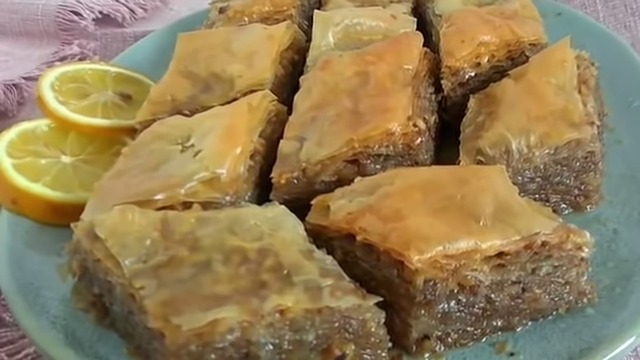
Kosovo’s cuisine is a delicious fusion of Balkan, Mediterranean, and Ottoman flavors. Staples of the Kosovo diet include bread, dairy products, and a variety of fresh vegetables and fruits. Some traditional dishes that showcase Kosovo’s culinary heritage include:
- Flija – a multi-layered pancake made with a simple batter of flour, water, and salt, cooked over an open flame, and often served with honey or yogurt.
- Tavë Kosi – a baked dish made with lamb, rice, and a yogurt-egg sauce, often seasoned with garlic and oregano.
- Pljeskavica – a Serbian-influenced dish consisting of a grilled spiced meat patty, often served with flatbread and a variety of condiments.
- Baklava – a sweet dessert made from layers of filo pastry filled with chopped nuts and sweetened with syrup or honey, showcasing the Ottoman influence on Kosovo’s cuisine.
Final Words
Kosovo’s cultural tapestry is a testament to the resilience and creativity of its people. Through centuries of change, conflict, and adaptation, Kosovo has maintained and nurtured a unique and diverse cultural heritage. From its ancient roots and historical influences to its vibrant modern arts and culinary delights, its culture is a captivating journey through time and tradition, waiting to be discovered by curious travelers and enthusiasts alike.

